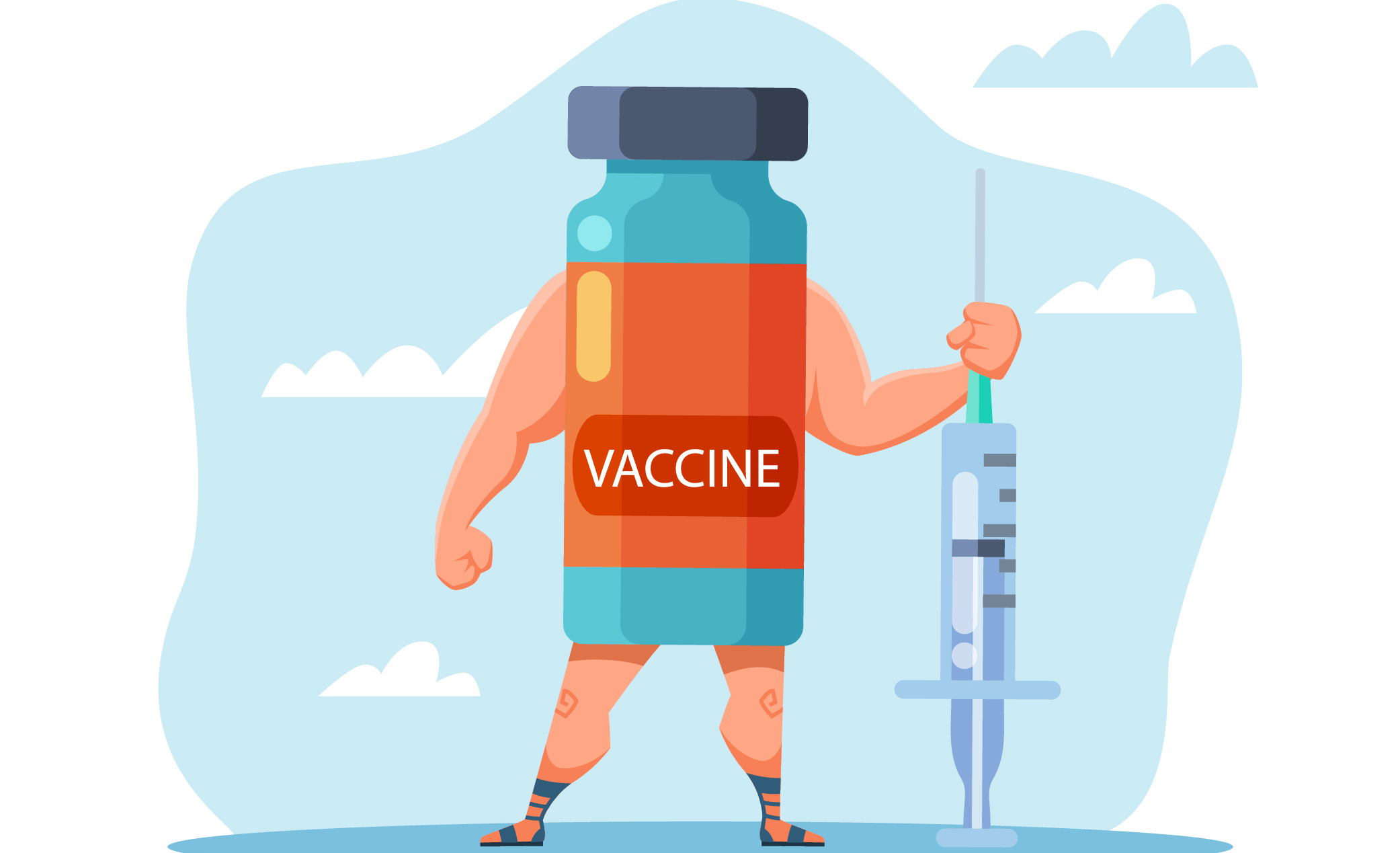
FDA OKs first OTC at-home test to detect COVID-19 and flu
FDA issued an EUA on February 24, 2023, for the first at-home OTC diagnostic test that can differentiate and detect influenza A and B and the SARS-CoV-2 virus.
The Lucira COVID-19 & Flu Home Test is a single-use test kit that uses self-collected nasal swab samples to provide results in about 30 minutes.
“Today’s authorization of the first OTC test that can detect influenza A and B, along with SARS-CoV-2, is a major milestone in bringing greater consumer access to diagnostic tests that can be performed entirely at home,” said Jeff Shuren, MD, JD, director of FDA’s Center for Devices and Radiological Health, in a press statement. “The FDA strongly supports innovation in test development, and we are eager to continue advancing greater access to at-home infectious disease testing to best support public health needs.”
FDA noted that in individuals with symptoms, the new test correctly identified 99.3% of negative and 90.1% of positive influenza A samples, 100% of negative and 88.3% of positive COVID-19 samples, and 99.9% of negative influenza B samples.
Because of an insufficient number of cases of influenza B in circulation to allow clinical testing, test validation was done with contrived specimens. FDA’s EUA for the test mandates that Lucira continue to collect samples to assess the test’s ability to identify influenza B in real-world settings.
FDA noted that, as with all rapid diagnostic tests, there is a risk of false-positive and false-negative results. They recommended that individuals who test positive for either flu or COVID-19 should take appropriate precautions to avoid spreading the virus and should seek follow-up care with their physician or health care provider as additional testing may be necessary. ■

Many unnecessarily give their children fever-reducing medicine
While most parents and caregivers recognize that a low-grade fever helps a child’s body fight off infection, a new poll from University of Michigan researchers finds that 1 in 3 parents would give fever-reducing medication for spiked temperatures below 100.4°F, which isn’t recommended.
The National Poll on Children’s Health, which was carried out by C.S. Mott Children’s Hospital at University of Michigan Health, also found that half of parents would also use medicine if the fever was between 100.4°F and 101.9°F and a quarter of parents would likely give another dose to prevent the fever from returning.
“Often parents worry about their child having a fever and want to do all they can to reduce their temperature. However, they may not be aware that in general the main reason to treat a fever is just to keep their child comfortable,” said Susan Woolford, MD, from University of Michigan Health’s C.S. Mott Children’s Hospital, in a news release.
She noted that some parents or caregivers may immediately rush to give their child medicine, but it’s often better to let the fever run its course.
“Lowering a child’s temperature doesn’t typically help cure their illness any faster,” Woolford said. “In fact, a low-grade fever helps fight off the infection. There’s also the risk of giving too much medication when it’s not needed, which can have side effects.”
The report is based on 1,376 responses from parents of children ages 12 years and under polled between August and September 2022.
Two in three parents said they’re very confident they know whether their child needs medication to reduce a fever, but just over half are sure they understand how temperature readings can change according to the method used.
Community pharmacists are perfectly aligned to help parents and caregivers better handle fevers in children, reminding them when to use medication, and how to dose it while being cognizant of overmedicating, using alternatives to alleviate discomfort, knowing when to call a pediatrician, and more. ■

CDC: Whooping cough vaccination during pregnancy benefits infants
New CDC research shows an association between lower rates of pertussis in newborns younger than age 2 months and tetanus, diphtheria, and pertussis (Tdap) vaccination during pregnancy.
Tdap vaccination, when administered during the third trimester of pregnancy, prevents more than 3 in 4 cases of whooping cough in babies younger than age 2 months, according to the findings.
This is the first time researchers have examined U.S. population level trends in infant pertussis cases since 2011, when Tdap vaccination during pregnancy was introduced to protect infants before their vaccinations begin. Newborn whooping cough rates have declined significantly since that time, the findings reveal.
“Getting Tdap during pregnancy offers infants the best protection before they are old enough to receive their whooping cough vaccines,” said Jose Romero, director of CDC’s National Center for Immunization and Respiratory Diseases, in a CDC press release. “This protection is critical because those first few months are when infants are most likely to have serious complications, be hospitalized, or die if they get whooping cough.”
The findings, published February 6, 2023, in JAMA Pediatrics, were based on reports of infant whooping cough cases from 2000 through 2019.
“Everyone who is pregnant should feel confident in knowing that the Tdap vaccine is safe and effective,” said Linda Eckert, MD, from the American College of Obstetricians and Gynecologists, in the CDC press release. “Knowing that Tdap vaccination during pregnancy protects 9 in 10 babies from being hospitalized with whooping cough, I strongly recommend this vaccine to all my pregnant patients for their peace of mind and for their family’s health and well-being.” ■

Influenza vaccine was relatively effective this year, data show
New data presented to ACIP indicate this year’s influenza vaccine provided fairly strong levels of protection.
According to the data, the vaccine’s effectiveness ranged from approximately 45% to 55%, depending on the age group and parameters studied, such as hospitalization and protection against any infection.
The data also showed that influenza A/H3N2 viruses were prevalent this season. The levels of protection achieved with this year’s flu vaccine were higher compared with those of previous years when H3 viruses were predominant.
About 75% of viruses studied were H3N2 viruses. The degree of protection afforded by the vaccine appeared to be consistent based on 3 vaccine effectiveness networks used by CDC as well as 2 studies by researchers at Wisconsin’s Marshfield Clinic Research Institute.
The Marshfield studies, backed by flu vaccine maker CSL Seqirus and CDC, estimated vaccine effectiveness in individuals ages 6 months to 64 years is 54%. A second study, comprising children 1 to 17 years old, indicated vaccine effectiveness of 71% against symptomatic flu infection. ■
New report finds pharmacists administered more vaccinations than physicians
A new report from the Global Healthy Living Foundation and the consultant company IQVIA found that, from 2020 to 2021, pharmacists in the United States administered more recommended routine vaccinations than physicians.
The majority of adult COVID-19 and shingles vaccinations took place at pharmacies, the report found, and approximately 60% of vaccinations during influenza season also took place at pharmacies. The data revealed a 30–40% increase in claims for flu vaccines at pharmacies between 2018 and 2019 as well as in 2020.
Pneumococcal vaccinations increased at pharmacies as well, and roughly 13–20% of adult HPV vaccines were administered at a pharmacy by the end of 2021, compared with 5–8% in 2018.
The bulk of pediatric COVID-19 vaccines were administered at pharmacies, and flu vaccinations administered in 2020 and 2021 similarly increased (12–13% during the flu season) compared with 2018 and 2019 (7–10%).
The report found that there were 15.1% more pharmacy locations within low-income communities than physician offices, meaning that lower-income families had more access to pharmacists than to physicians.
The PREP Act allows for pharmacists and pharmacy technicians to administer certain vaccines without a prescriber order. These include the COVID-19 vaccines for ages 3 years or older, the flu vaccine for ages 18 years and older, and the ACIP-recommended pediatric vaccines for ages 3 years to 18 years.
Since the enactment of the PREP Act, there has been an increased number of routine vaccinations provided by pharmacists, surpassing the number of vaccines given by physicians, as demonstrated by these findings. ■